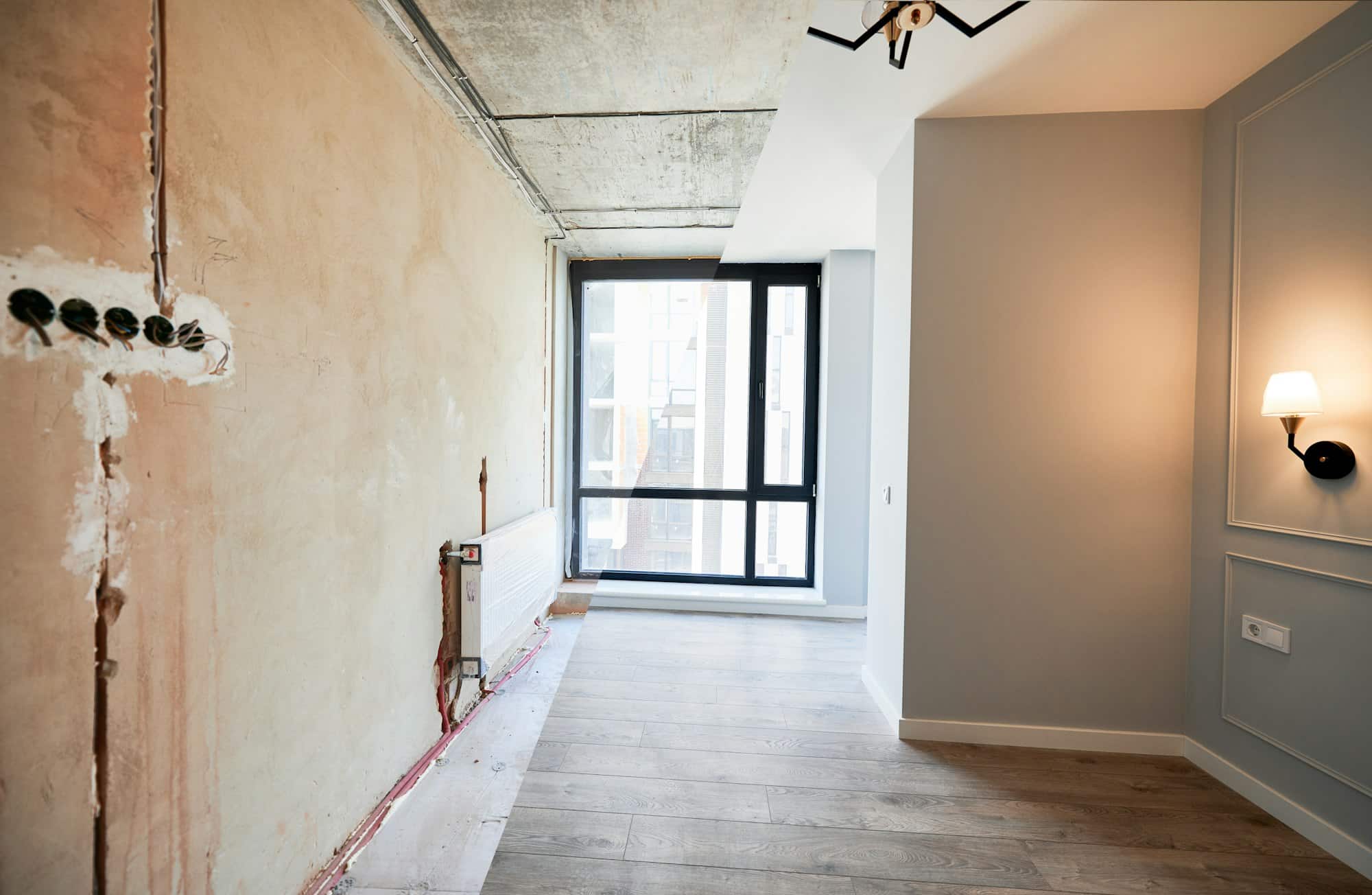Creating a home office can enhance productivity and comfort while adding value to your home. Here’s a detailed cost estimation for a home office renovation.
Factors Influencing Home Office Renovation Costs
- Scope of the Project: The extent of the renovation will significantly impact the cost. A basic setup includes a desk and chair, while a full renovation may involve built-in cabinetry, lighting, and electrical upgrades.
- Quality of Materials: Higher-end furniture and custom finishes will increase the overall cost.
- Labor Costs: Professional installation of built-ins and electrical work can add to the expense.
- Technology and Equipment: Costs for computers, printers, and other office equipment should be considered.
- Permits and Inspections: Depending on the extent of the renovation, you may need to obtain permits and ensure compliance with local building codes.
Cost Breakdown
To help you estimate the costs involved in a home office renovation, here’s a table showing a range of prices for different aspects of the project:
| Component | Low-End Cost | Mid-Range Cost | High-End Cost |
|---|---|---|---|
| Desk and Chair | $300 | $1,000 | $3,000+ |
| Built-In Cabinetry | $1,500 | $4,000 | $10,000+ |
| Lighting | $200 | $800 | $2,000+ |
| Electrical Upgrades | $500 | $2,000 | $5,000+ |
| Paint and Finishes | $200 | $800 | $2,000+ |
| Technology and Equipment | $1,000 | $3,000 | $7,000+ |
| Permits and Inspections | $200 | $800 | $1,500+ |
| Labor | $1,500 | $5,000 | $10,000+ |
| Total Estimated Cost | $5,400 | $17,400 | $41,500+ |
Pros and Cons of a Home Office Renovation
Pros:
- Increased Productivity: A dedicated home office space can enhance productivity by providing a quiet, organized environment for work.
- Flexibility: Working from home offers greater flexibility in managing work-life balance.
- Increased Home Value: A well-designed home office can increase the resale value of your home.
- Cost Savings: Reducing the need for commuting can save time and money on transportation.
- Personalized Workspace: You can design the office to fit your personal style and work needs.
Cons:
- Initial Cost: The upfront cost of renovating a home office can be significant, depending on the scope of the project.
- Space Limitations: Not all homes have the available space for a dedicated home office.
- Isolation: Working from home can sometimes lead to feelings of isolation and disconnection from colleagues.
- Distractions: Home environments can have more distractions compared to a traditional office setting.
- Maintenance: Keeping the home office organized and maintaining equipment can require ongoing effort and expense.

Tips for Budgeting Your Home Office Renovation
- Define Your Needs: Clearly define the purpose and requirements of your home office. Whether it’s for remote work, studying, or managing household tasks, understanding your needs will help prioritize spending.
- Get Multiple Quotes: Obtain quotes from several contractors to compare prices and services. This will help you find the best deal and ensure quality workmanship.
- Plan for Contingencies: Set aside an additional 10-20% of your budget for unexpected expenses, such as electrical upgrades or structural changes.
- Invest in Ergonomics: Prioritize ergonomic furniture to ensure comfort and productivity. A good desk and chair are essential investments.
- Consider Technology Needs: Ensure your office is equipped with the necessary technology, including high-speed internet, printers, and other equipment that supports your work.
Conclusion
Renovating your home office can create a productive and comfortable workspace, adding value to your home. By understanding the costs involved and making informed decisions, you can ensure that your home office renovation project stays on track and within budget. Use the table and tips provided to guide your planning process and create a functional, stylish, and efficient home office that meets your needs.








